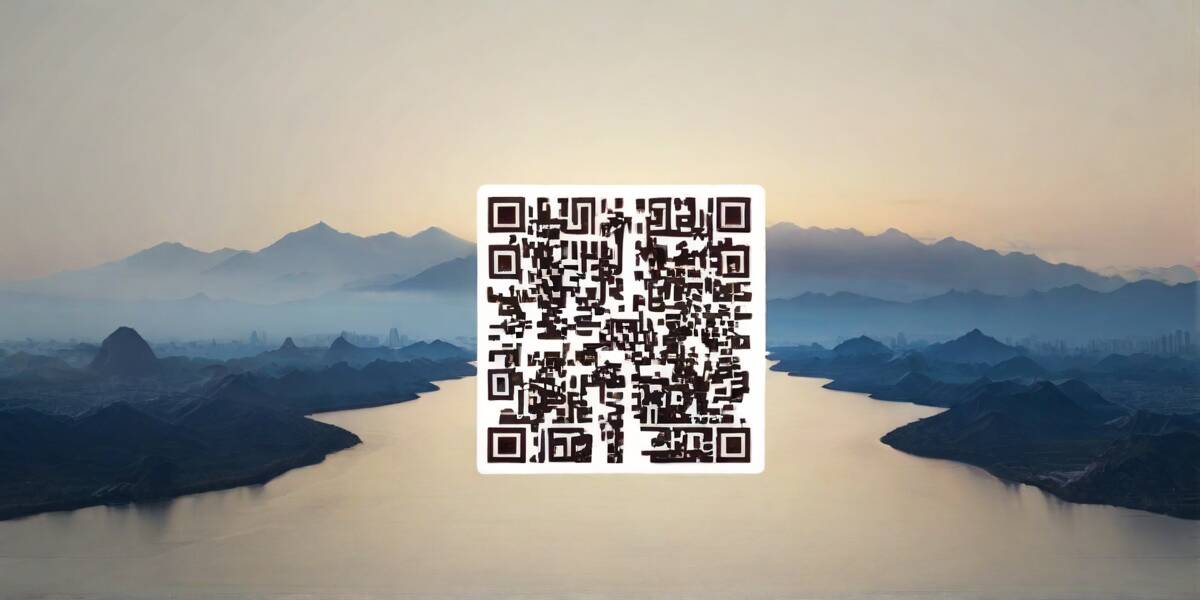Brazil ended with a third system: Pix. It boils down to the following:
- The money receiver sends the payer either a “key” or a QR code.
- The payer opens their bank’s app and use it to either paste the key or scan the QR code.
- The payer defines the value, if the code is not dynamic (more on that later).
- Confirm the transaction. An electronic voucher is emitted.
The “key” in question can be your cell phone number, physical/juridical person registre number, e-mail, or even a random number. You can have up to five of them.
Regarding dynamic codes, it’s also possible to generate a key or QR code that applies to a single transaction. Then the value to be paid is already included.
Frankly the system surprised me. It’s actually good and practical; and that’s coming from someone who’s highly suspicious of anything coming from the federal government, and who hates cell phones. [insert old man screaming at clouds meme]
This sounds very reasonable and not unlike payment apps I use, like Tikkie or Klarna
Yeah, it’s actually good. People use it even for trivial stuff nowadays; and you don’t need a pix key to send stuff, only to receive it. (And as long as your bank allows you to check the account through an actual computer, you don’t need a cell phone either.)
Perhaps the only flaw is shared with the Asian QR codes - scams are a bit of a problem, you could for example tell someone that the transaction will be a value and generate a code demanding a bigger one. But I feel like that’s less of an issue with the system and more with the customer, given that the system shows you who you’re sending money to, and how much, before confirmation.
I’m not informed on Tikkie and Klarna, besides one being Dutch and another Swedish. How do they work?
Brazil’s PIX is revolutionary, really. It’s instant 24/7 transfers that don’t depend on which bank you’re using and does not need a third party app. Pretty much if you have a bank account, you already have PIX.
Thanks for sharing. Interstellar stuff!
For people in Canada, Pix is like Interac with automatic deposit activated.
In Canada it’s tap to pay for ~8 years now, never saw a QR code to pay. However when I go in USA, every stores is tap to pay, except one, there’s one store in USA where there is no tap, it’s Walmart, inconcevable.
It’s scan to pay at Walmart because they gave their own payment system called “Walmart pay” and it sucks.
There was no reason they had to implement it with scan though, was there?
I believe they created it before tap really took off in the US so scan was a better option for them at the time.
Tap to pay was pretty well established when they went with scan to pay, they just hoped the Walmart name was large enough that they could cut out all the middlemen inherent with traditional payment processors and keep a bigger piece of the pie. Specifically they were in a spat with Visa over merchant fees at the time so they wanted an option that allowed them to cut Visa out of the picture. They thought that having their own scan to pay system would allow them to do that, but they eventually reconciled with Visa and got the merchant fees discount they wanted and that aspect of the scan to pay system sorta dropped out of focus.
Hmm. They might have gotten that discount because of using their alternate payment system as leverage, so might have been worthwhile.
The article more or less covers it. Asian countries without a credit card culture mostly transitioned to QR because it was easy with minimal equipment changes required. Those with widespread credit cards accept tap and QR (e.g. Taiwan widely accepts QR payments, Google pay, Apple pay, credit cards, and transit cards).
Since the western world has been on credit cards for decades that is the solution that is accepted there with QR payments being almost exclusively in businesses that have a customer base from Asian countries. Even then the US is odd compared to other countries since they never really adopted chip and pin.
🤖 I’m a bot that provides automatic summaries for articles:
Click here to see the summary
A shopper visiting a convenience store and selecting items worth $10 would present them to staff who would scan them all, after which a point-of-sale terminal would display a dynamically-generated QR code.
In 2011, Alibaba’s financial services arm Alipay adopted QR codes as a means to have offline stores accept payment from the wallet function of its flagship app.
“Penetration rates of credit cards were low, cash was king, and there was no big player that could gather the whole country, nor any bank that could roll out mobile payments in the existing system.”
That state of affairs meant that the West’s embrace of near-field communications (NFC) tech to power tap-to-pay services that relied on credit and debit cards – either standalone or virtualized in smartphones – had little chance of success in China.
While QR code payments have become utterly ubiquitous across Asia, Christophe Uzureau, a VP analyst at Gartner, told The Register the many schemes across the region are “highly fragmented.”
Dr Ondrus drew on experiences with Singapore’s hawker markets – outdoor food courts - to illustrate how the island nation consolidated its QR code payment schemes and plugged them into a common backend.
Saved 88% of original text.









